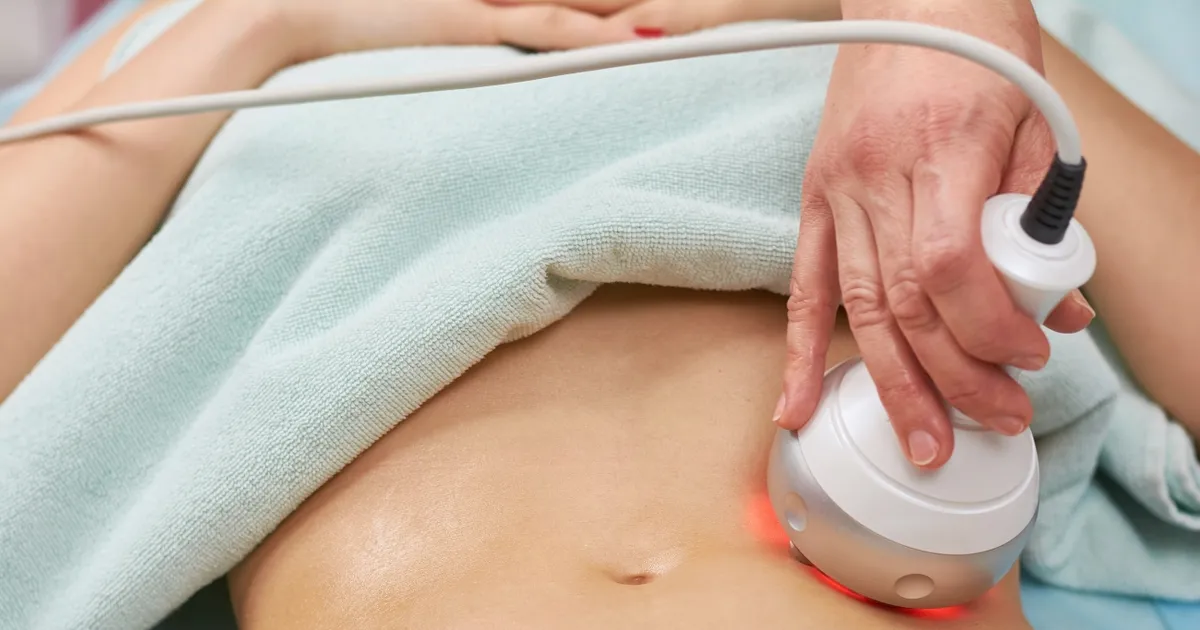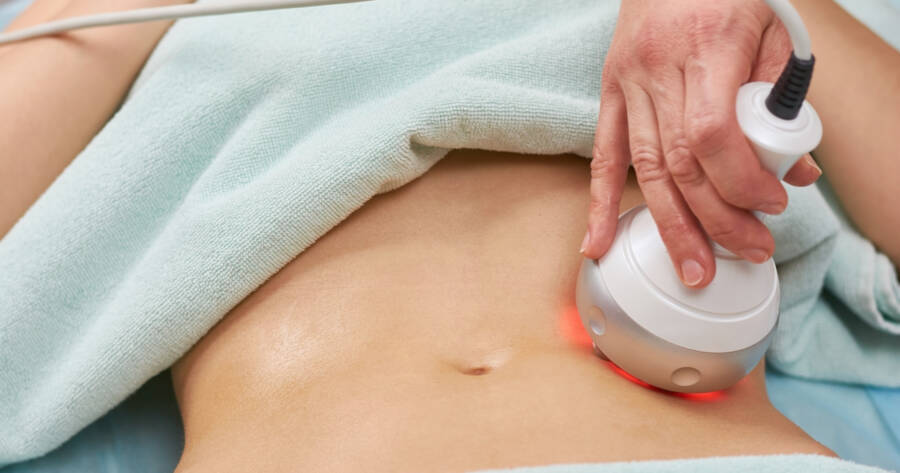Key Takeaways
- Utilizing radio frequencies, lasers, or ultrasound techniques, skin tightening treatments offer a less risky, non-invasive alternative to surgery.
- These treatments require minimal downtime and can be used on various parts of the body, including the face, neck, abdomen, and arms.
- Skin tightening procedures require constant maintenance and frequently involve additional expenses.
In the search for eternal youth, skin tightening treatments have risen to the forefront of non-invasive cosmetic procedures. These technologically advanced treatments offer a seemingly magical solution to sagging skin, fine lines, and wrinkles that come with age or after significant weight loss. If you’re interested in the benefits and drawbacks of these treatments – plus, the science behind the procedures and their long-term implications – you can find skin tightening treatments with an online search right now.
Understanding Skin Tightening Treatments
Skin tightening treatments use various technologies such as laser, ultrasound, and radiofrequency to stimulate collagen and elastin production in the skin. The resulting increase in these proteins restores firmness and elasticity, leading to a younger-looking appearance.
Most procedures are non-invasive and require minimal recovery time. They can be used on various parts of the body, including the face, neck, abdomen, and arms.
Types of skin tightening treatments include:
- Radiofrequency (RF) Treatments, which deliver heat to the deeper layers of the skin, stimulating collagen and elastin production.
- Intense Pulsed Light (IPL) Treatments, which use light energy to heat the dermis and trigger collagen production.
- Ultrasound Treatments, which utilize sound waves to heat targeted tissue under the surface of the skin.
- Laser Skin Tightening, which apply controlled heat to the deeper layers of the skin, inducing the natural production of collagen.
- Infrared Treatments, which heats the skin’s lower layers to stimulate collagen production.
- Microneedling with Radiofrequency (RF Microneedling), which combines microneedling with radiofrequency energy.
The Many Benefits of Skin Tightening
These treatments offer a plethora of benefits, beginning with their non-invasive nature. This implies fewer risks compared to surgical procedures such as facelifts or tummy tucks, which often require anesthesia and entail longer recovery periods.
Skin tightening treatments also provide gradual results, leading to a more natural-looking rejuvenation. Lastly, these treatments can be customized to address individual skin concerns, ensuring a personalized approach to skin tightening.
Potential Drawbacks to Consider
While the advantages are numerous, potential drawbacks should also be considered. For starters, multiple sessions are typically required to achieve desired results, which can become costly.
It’s also important to note that results are not permanent; maintenance treatments are necessary to uphold the effects. Furthermore, although rare, there can be side effects such as temporary redness, swelling, or discomfort following the procedure.
Costs of Skin Tightening Treatments
According to the American Society of Plastic Surgeons, the average cost for IPL treatment stands at $412, while nonsurgical skin tightening averages at $2,456. These estimates, however, do not account for other associated expenses, such as:
- Surgeon’s fees
- Facility expenses
- Anesthesia fees
- Medication prescriptions
- Necessary medical tests
Keep in mind that cosmetic procedures typically fall outside of health insurance coverage, but financing plans may be available from many plastic surgeons. Always inquire about financing options if cost is a consideration in your decision.
Demystifying the Science Behind Skin Tightening
The success of these treatments lies in their ability to stimulate collagen and elastin production. Both laser and radiofrequency treatments work by heating the dermis, the skin’s deeper layer. This triggers the body’s natural healing response, which includes the production of collagen and elastin.
Ultrasound treatments, on the other hand, use sound waves to achieve the same effect. The increased collagen and elastin levels result in tighter, firmer, and more youthful-looking skin.
Long-term Implications and Maintenance
While skin tightening treatments offer promising short-term results, it’s crucial to consider the long-term implications. Since the results are not permanent, regular maintenance treatments are required to preserve the effects. Without these, the skin will gradually return to its previous state.
However, maintaining a healthy lifestyle with proper diet, hydration, and sun protection can extend the duration of the results.
Selecting the Right Provider
One of the critical factors in successful skin tightening treatments is selecting the right provider. It’s essential to choose a licensed professional with extensive experience in the specific treatment you are seeking.
Don’t hesitate to ask potential providers about their qualifications and track record with the procedure. Remember, the success of the treatment largely depends on the skills of the provider.
Is Skin Tightening Right For You?
Skin tightening treatments offer a less risky, non-invasive alternative to surgical procedures. The wide array of techniques, from radiofrequency treatments to lasers and ultrasound, offer custom-tailored approaches to address individual skin concerns.
While the benefits are numerous, potential drawbacks and costs must be given due consideration. With additional research, you can determine if a skin tightening procedure is right for your needs, preferences, and budget. Understanding these elements, the science underpinning each procedure, and the critical role of an experienced provider are all stepping stones on the path to achieving a more youthful, radiant appearance.
 Shutterstock: DenisProduction.com
Shutterstock: DenisProduction.com


